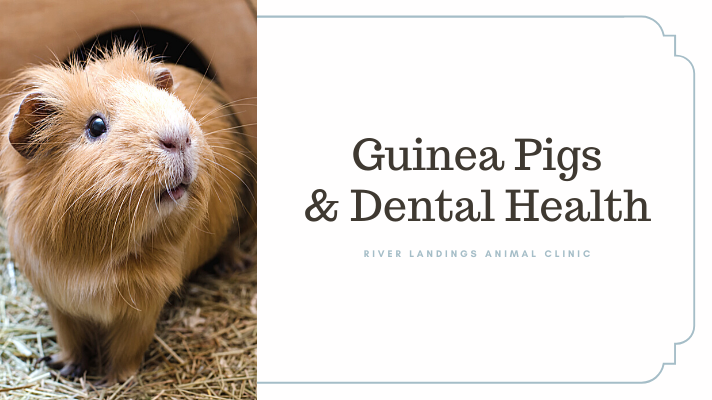Is your guinea pig avoiding their food? It may be because their teeth are hurting.
Tooth and dental wellness are things that may be overlooked by new or inexperienced guinea pig parents, but they are vitally important to your guinea pig’s well-being.
Guinea pigs’ teeth don’t stop growing, so ignoring their dental needs can cause them a great deal of suffering. Without proper tooth care, guinea pigs can develop cuts, sores, abscesses, or overlong teeth that interfere with eating.
When handling your guinea pig, check on their teeth and see how things are looking. If you aren’t sure what you’re looking for, please continue reading!
Typical Teeth
Typically, a guinea pig has 20 teeth:
A pair of upper and lower incisors
No canines (instead, a gap called the diastema)
A pair of upper and lower premolars
3 pairs of upper and lower molars
It is also worth noting that guinea pigs tend to have white teeth as opposed to other animals in the rodent family, which tend to have yellow teeth.
Signs of a Problem
Knowing what you’re supposed to see is a good start, but you also need to know when something is wrong. Signs that your guinea pig may have a tooth issue include:
Hesitation or obvious pain when your guinea pig chews food
Cuts, sores, or abscesses on or in the mouth
Visibly overlong teeth
Refusal to eat
Weight loss
Think about how much it hurts when you have a tooth abscess or a cut in your mouth – your guinea pig will feel the same type of pain. They won’t want to eat because it hurts.
Always monitor how much your guinea pig is eating so you know what’s normal for them. This way, when you know their normal, you’ll immediately know what their abnormal is.
Malocclusion and Other Issues
Malocclusion, or misalignment of the teeth, can happen in guinea pigs.
In Diseases of Domestic Guinea Pigs, Virginia C. G. Richardson writes, “Molar malocclusion can be an inherited condition, or it can develop in any guinea pig over 1 year of age. The molar teeth wear unevenly, and maxillary cheek teeth develop spurs which grow into and ulcerate the cheeks, whilst the mandibular cheek teeth grow towards the tongue causing buccal ulceration. In advanced cases, the lower molars can grow across, and entrap the tongue.”
Other issues your guinea pigs may experience include elongated roots (the roots of the teeth grow or are pushed into the jaw) or cracked/broken teeth.
Treatment and Prevention
Guinea pigs have 1 trait that is extremely helpful in preventing malocclusion — chewing!
Giving your guinea pigs wooden blocks or sticks (untreated wood only) to gnaw on in their cages will help them keep their teeth at the right length. In a healthy guinea pig, the biting, chewing, and grinding of food (especially hays, grasses, and abrasive foods) will normally keep the teeth at the proper length — a length that varies somewhat from one guinea pig to another.
Despite your best efforts, your guinea pig may still end up suffering from malocclusion, as it can be a genetically inherited trait. Your vet should be able to treat malocclusion, cuts and sores, abscesses, and broken teeth — and even engage in a little bit of teeth filing — for your guinea pig.
It’s also a good idea to call the vet if you notice your guinea pig has changed eating habits or is losing weight — there may be an issue, such as elongated roots, that you can’t detect.
As guinea pig guardians, it’s up to us to ensure that they’re happy and healthy in all ways, and that includes their dental needs. Luckily, a guinea pig’s love of chewing and your sharp eyes can help catch and prevent many issues before they become serious problems.
Hear From Us Again
Don't forget to subscribe to our email newsletter for more recipes, articles, and clinic updates delivered straight to your e-mail inbox.
Related Categories:

